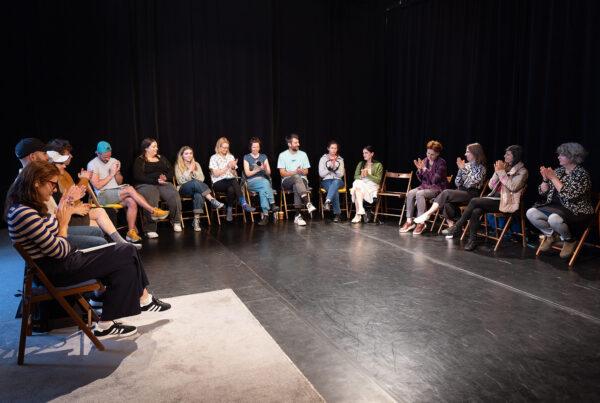Written by Arianna Saulini, European and Domestic Advocacy Manager for Save the Children – Italy
Child poverty is a multidimensional phenomenon and cannot be described solely in terms of material and economic deprivation. Poverty has an impact on children’s educational achievements; it impairs their performances at school, hampers development of their talents and limits their dreams. Poverty not only negatively influences early childhood, it also undermines children’s futures.
Save the Children gave the definition of the so-called “educational poverty”, describing it as a process of limitation of children’s right to education and deprivation of their opportunities to learn and develop the skills they will need to succeed in a rapidly changing society. Educational poverty also affects the emotional growth and the establishment of relationships with others, jeopardising the possibilities for children to discover themselves and the world.
The phenomenon of educational poverty tends to perpetuate through a vicious cycle, passing from generation to generation and, using Amartya Sen and Martha Nussbaum’s capabilities theory, depriving children and adolescents of the opportunities to know, to be, to live together and to do.
These four dimensions of educational poverty are associated with rights enshrined in the United Nation Convention on the Rights of the Child (CRC), which has been ratified by all countries in the world except United States.
In Italy the increasing phenomena of the educational poverty and social exclusion impose reflections and actions tailored on their multidimensionality.
Save the Children, with the help of a scientific committee composed by Italian experts, the Oxford University and a process of consultation, to which more than 200 minors took part, developed on an experimental basis, an index to measure Educational Poverty (IPE).
The number of children going to theatre represents one of the main factors, to evaluate the levels of educational poverty. Arts and culture perform in fact are fundamental educational mediators, able to promote the development of a critical thinking even in the younger minds. However 69% of children in Italy have not access to theatre.
Recent data have demonstrated that in Italy different social groups reach different levels of participation in cultural activities, in fact, only 2 children out of 10 coming from low income families have a real access to culture.
The access to cultural activities (such music, theatre, museums) could represent the right instrument to end the distinction between different social groups, which contribute to a perpetration of cultural exclusion.
The main objective is to accompany children and adolescents in the transition from users to producers of culture helping them, as human being of today and not adults of tomorrow, to develop and express their feelings and thoughts. Cultural activities contribute to the advancement of psychomotor, emotional and social abilities, but also of cognitive skills, motivation and learning, permitting to children and adolescents to broaden their horizons and to feel themselves as integrating part of the community.
The Educational Poverty phenomenon is also known and experienced at European level. The European Commission put in place actions and recommendations to end the vicious cycle of the social disadvantage, creating strategies in order to encourage the participation of minors to cultural and recreational activities and financing cultural investments in deprived areas in order to eradicate educational poverty and guarantee to all children equality.
For further information, read “Ending Education and Child Poverty in Europe”, edited by Save the Children.



